Critical Analysis of Religion: A Sociological Perspective Essay
VerifiedAdded on 2023/04/21
|5
|818
|140
Essay
AI Summary
This essay explores various concepts in the sociology of religion, including symbolism, translatic religion, taboo boundaries, speech and scripture, healing through religion, and revelation authority. It critically analyzes personal experiences through these concepts, highlighting the importance of understanding changing human cultures and religious systems. The essay discusses religious symbols, globalization aspects of religious freedom, and social taboos within religion. It also touches on the role of faith healing and the impact of cultural changes on religious beliefs, emphasizing the importance of maintaining a strong religious belief system. The author shares personal experiences and observations to provide a comprehensive understanding of the interplay between religion and society. Desklib provides a platform for students to access similar essays and study resources.
1 out of 5
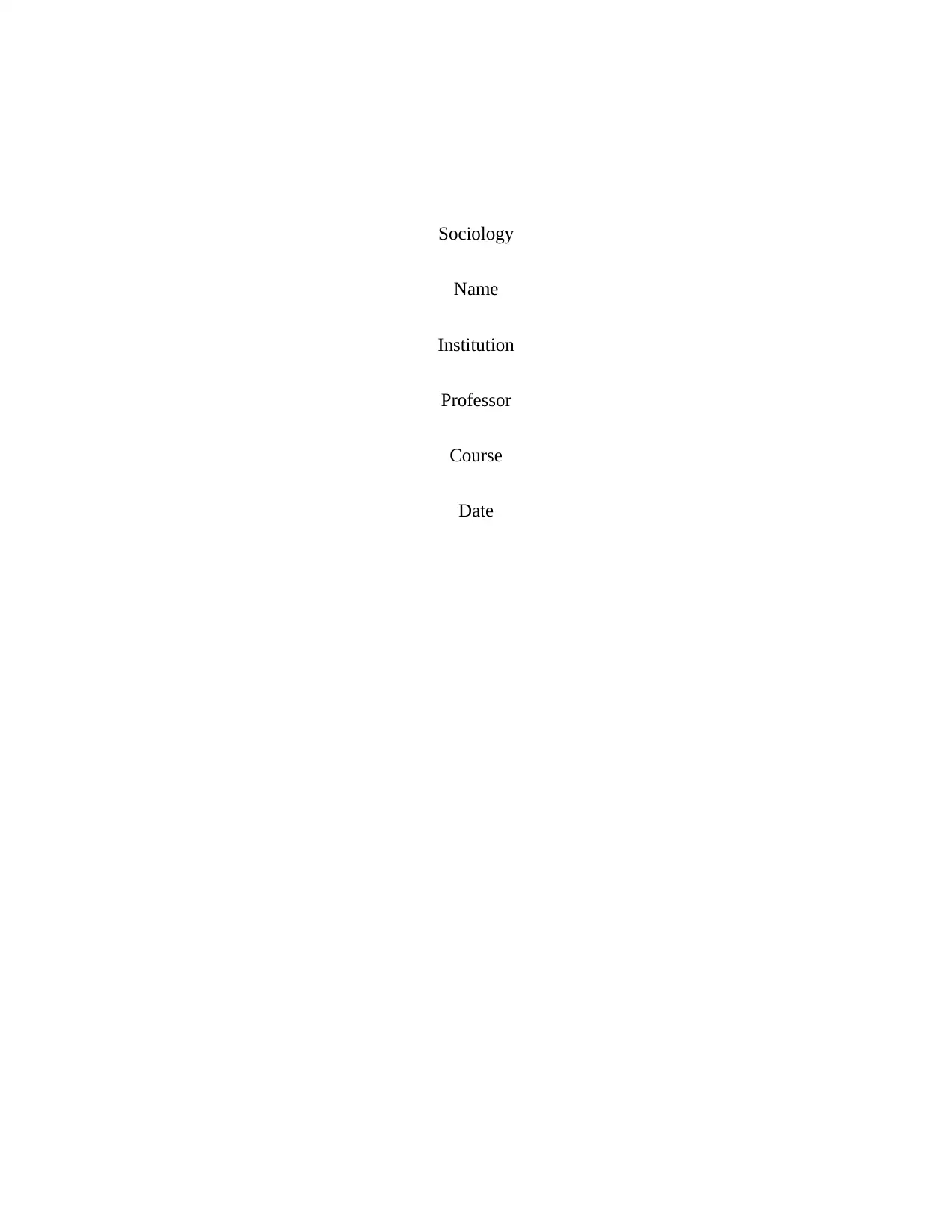
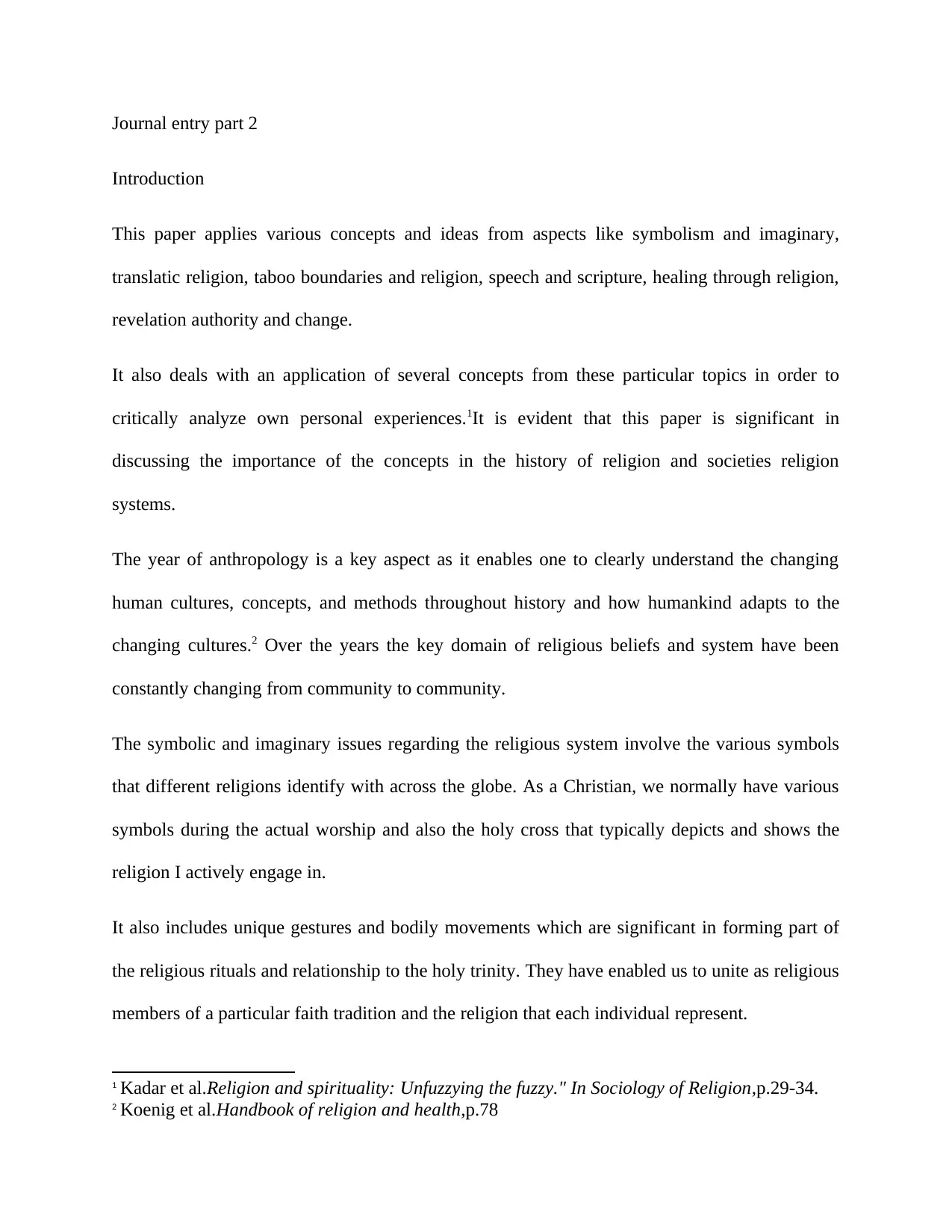
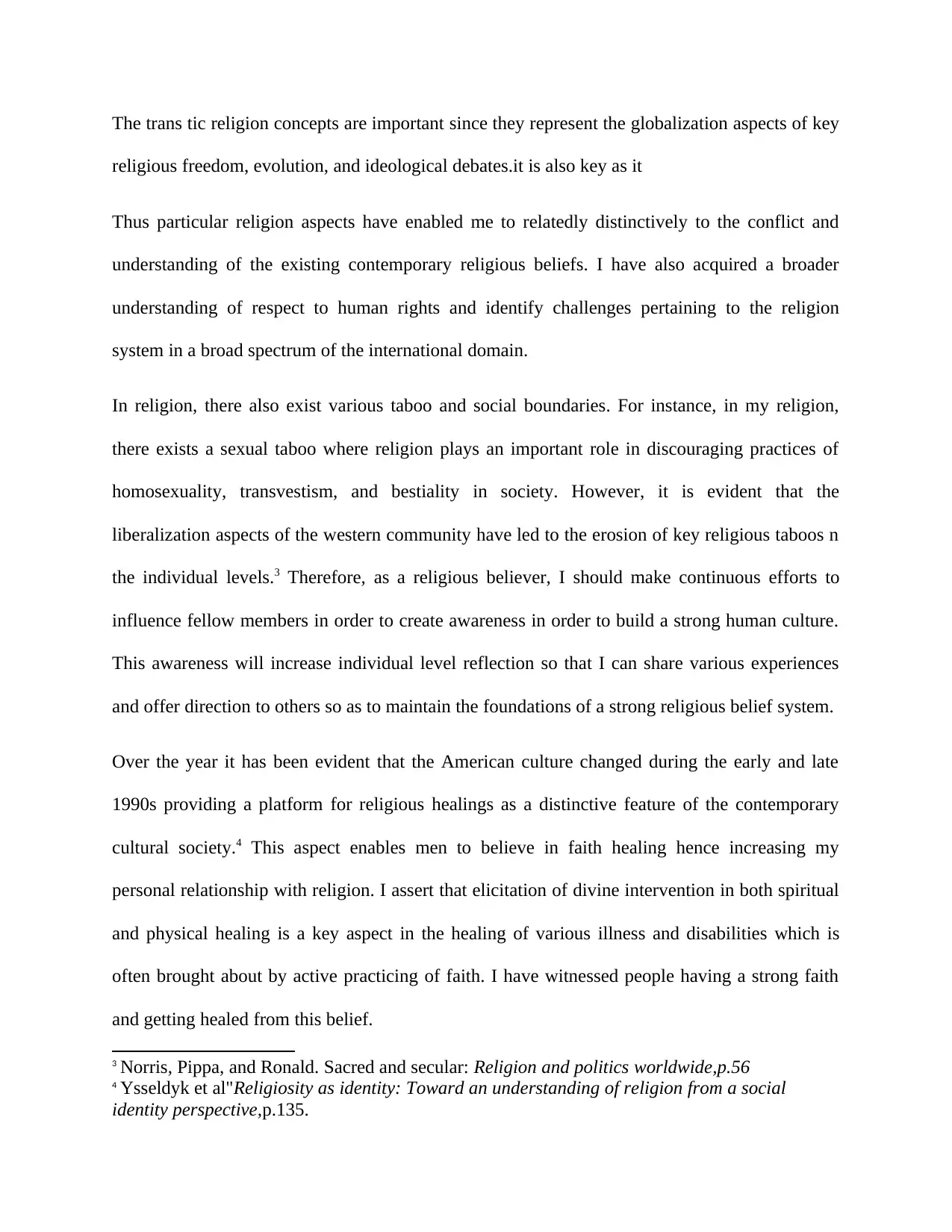

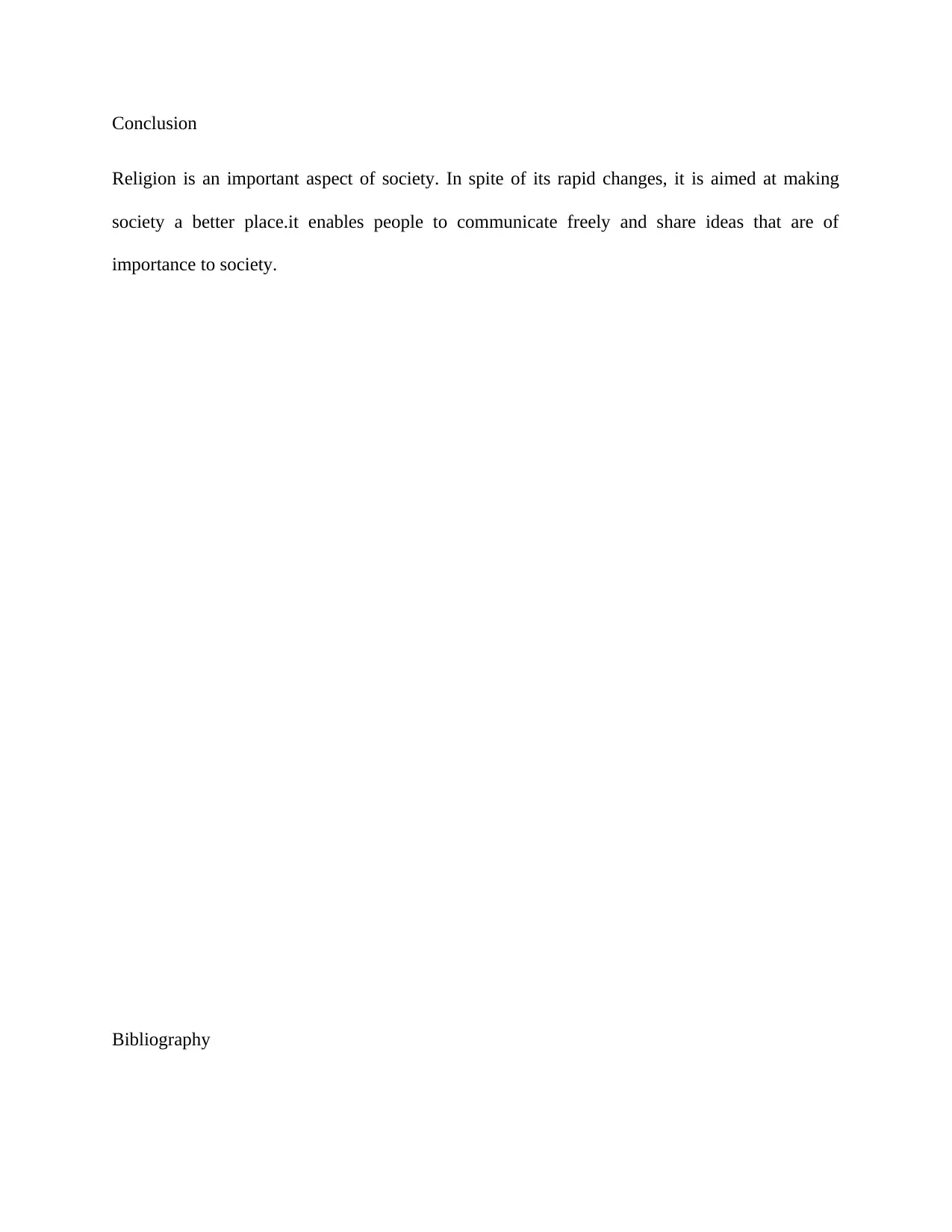
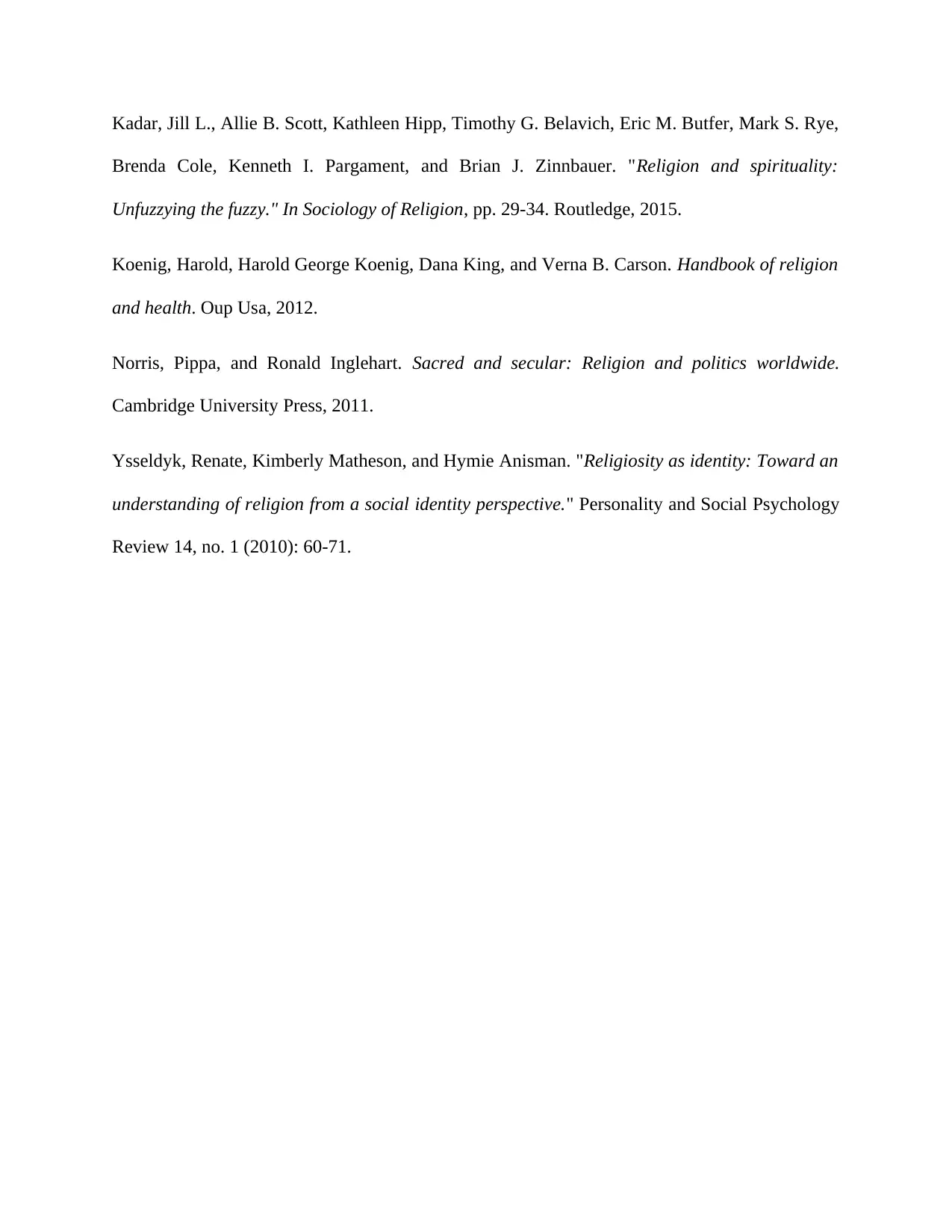






![[object Object]](/_next/static/media/star-bottom.7253800d.svg)